Artificial insemination is a real chance for infertile couples to have parental happiness or an unnatural procedure, the chances of success of which are negligible?
Contents
- Implications of artificial insemination
- Video: In vitro conception
- Artificial insemination methods
- IVF fertilization method
- Artificial insemination procedure
- Video: In vitro fertilization. Komarovsky
- In-vitro fertilization for and against
- How much does artificial insemination cost?
- Artificial insemination of single women
- Artificial insemination at home
- The problem of artificial insemination
- Artificial insemination: reviews
- Video: Types of artificial insemination
Maternity is the greatest happiness and joy for a woman, her vocation and the most natural condition. When, for some reason, a woman can not become a mother, then artificial insemination comes to the rescue. What is it, what are the methods of artificial insemination, what features of the procedure, as well as other issues of concern to women, we consider in this article.
The value of artificial insemination
Artificial insemination is a modern method of solving the problem of infertility, when conception of a child can not occur naturally. The procedure of artificial insemination can be performed for a number of reasons, in which infertility is both a partner and both.

The main indications for in vitro fertilization are:
- polycystic ovary
- endometriosis
- low quality of partner sperm that can manifest itself in the low mobility of spermatozoa, their low concentration and in a large number of pathological units
- hormone infertility
- tubal infertility
- infertility, the causes of which are not established

Thanks to the progress in medicine, hundreds of thousands of infertile married couples can finally experience the joy of motherhood and paternity,s artificial insemination gives the ability to have children with forms of infertility, which in the past put an end to the reproductive function.
Video: In vitro conception
Artificial insemination methods
When it comes to artificial insemination, many people think of a common and popular IVF procedure. In fact, there are several methods to artificially solve the problem of infertility:
- ISM - a method in which women in the womb carry the spermatozoa of her husband. This technique is used in cases where the reproductive functions of a woman are not violated and she can not become a mother because of poor quality of her husband's sperm or when slime in the woman's vagina is an aggressive environment for the existence of spermatozoa and they die without reaching the ovule

- ISD - if spermhusband is unfit for conception or he is completely infertile, then spouses are offered a method of artificial insemination with donor sperm. The procedure of this method is practically the same as the previous one: a woman is also injected with sperm into the uterus, but only the sperm donor is not her husband
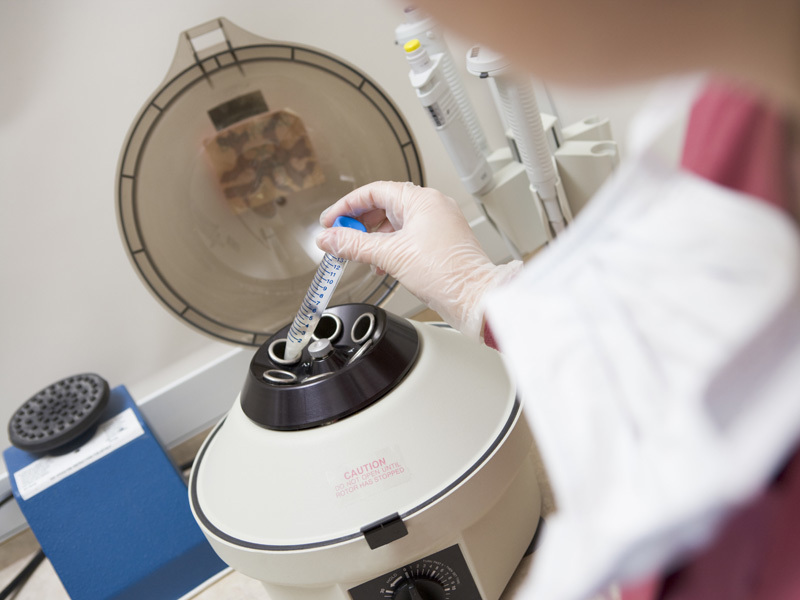
- GIFT - when the cause of infertility lies in the fact that the egg of a woman does not enter the fallopian tube for fertilization,intratubular transfer of gametes. It consists in transferring to the fallopian tube a pre-taken from a woman's egg, connected artificially with male spermatozoa. Male germ cells can belong to both the spouse and the donor
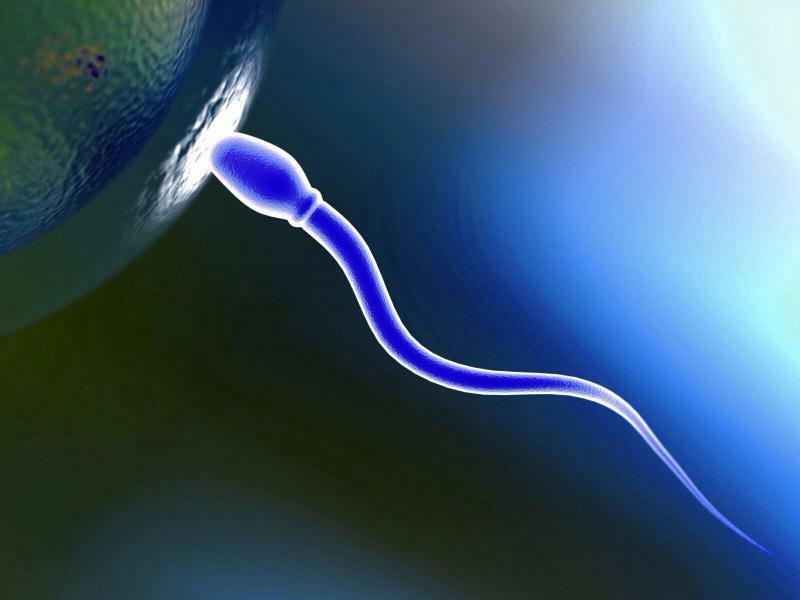
- ZIFT - a method in which a fertilized egg is introduced into the hormone-prepared uterus. Previously, a woman with a puncture ovary take a healthy, fertile egg and fertilize it outside the female body with spermatozoa. After this embryo is introduced through the cervix

- ICSI is an effective method of artificial insemination, which involves the fertilization of an egg with a sperm with the help of a thinnest needle. Through the puncture of the testicles, the most active spermatozoon is taken and implanted into the egg.
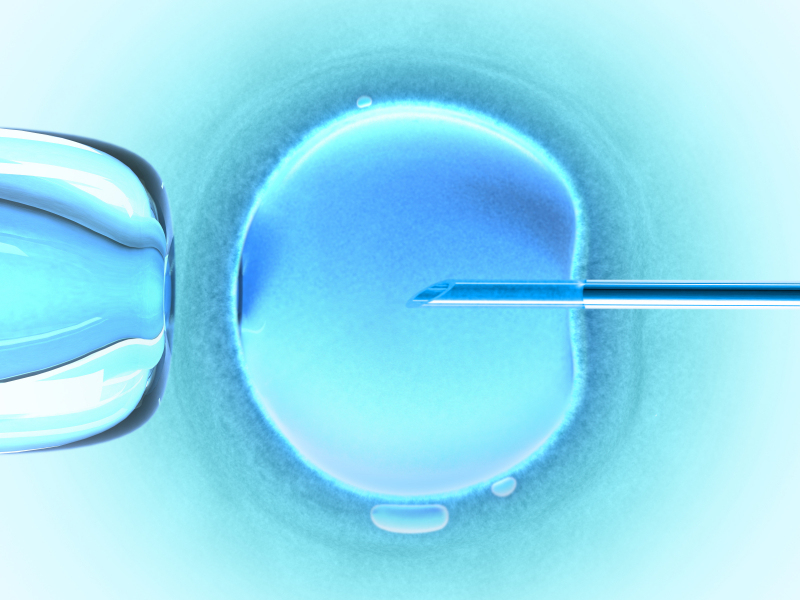
- IVF is the most common type of artificial insemination of an ovum outside the woman's body, after which the embryo is implanted into the uterus.

IVF method of fertilization
In vitro fertilization is a modern reproductive technology that is most often used not only inour country, but all over the world. What explains this popularity of the method? First, such a technique gives the best results;secondly, IVF can achieve pregnancy even in very difficult cases of infertility, when both partners have serious problems of reproductive function.
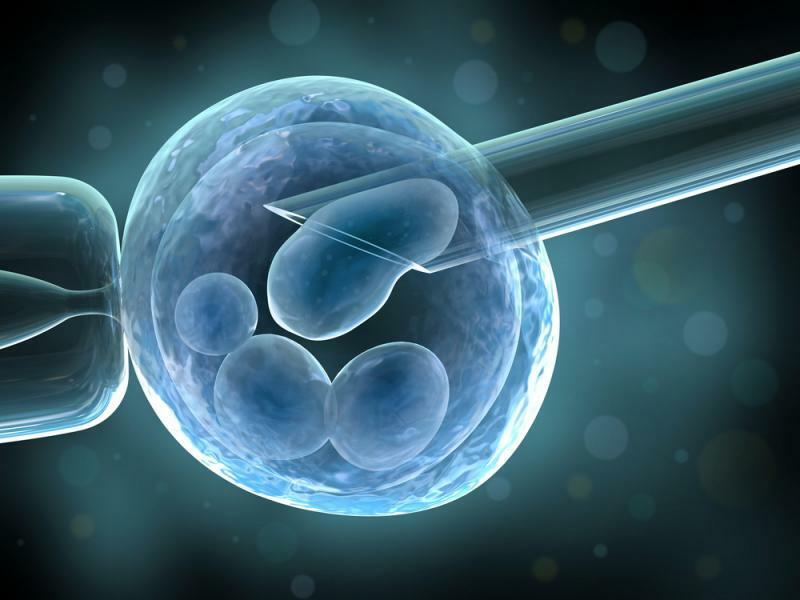
Artificial insemination procedure
For IVF, several eggs are required. But since only one egg can form in the body of a woman in a single cycle, the amount of egg production is stimulated by hormones.
When using ultrasound it is determined that the ovary is enlarged and ovules are formed, they are removed. After that, the oocytes are washed from the follicular fluid and placed in an incubator, where the eggs are before the time of artificial insemination.
If you can not get the oocytes from a woman, then donor's are used.
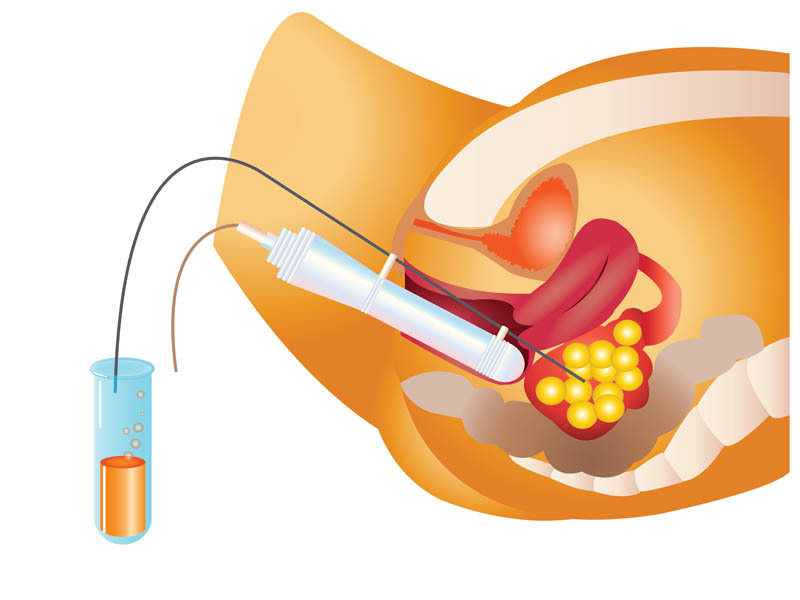
On the same day, sperm are taken, which are obtained by masturbation or interrupted intercourse. In the obtained sperm, spermatozoa are isolated and the most active of them are selected. After that, in the tube with eggs, add the necessary amount of active spermatozoa, in the calculation of 100-200 thousand per oocyte. It is also possible to use donor sperm.

Within 2-3 hours the spermatozoon fertilizes the egg. Further, the obtained embryo is placed in a favorable environment, where it is from 2 to 6 days. All this time in the tube, necessary vitamins, physiological ions, substrates and amino acids are introduced. After this, the embryos are transferred directly to the uterus, which is performed in a few minutes on the gynecological chair.
If a woman can not endure pregnancy herself, then she resorts to surrogate motherhood.
Video: In Vitro Fertilization. Komarovsky
In vitro fertilization for and against
Despite the fact that IVF opens the possibility for infertile people to have children this procedure can also have negative consequences, which sometimes turn into a deplorable category:
- hormonal background disruption
- ovarian hyperstimulation
- fetal malformations
- multiple pregnancies, in which it is necessary to kill "extra" embryos for the survival of at least one or two
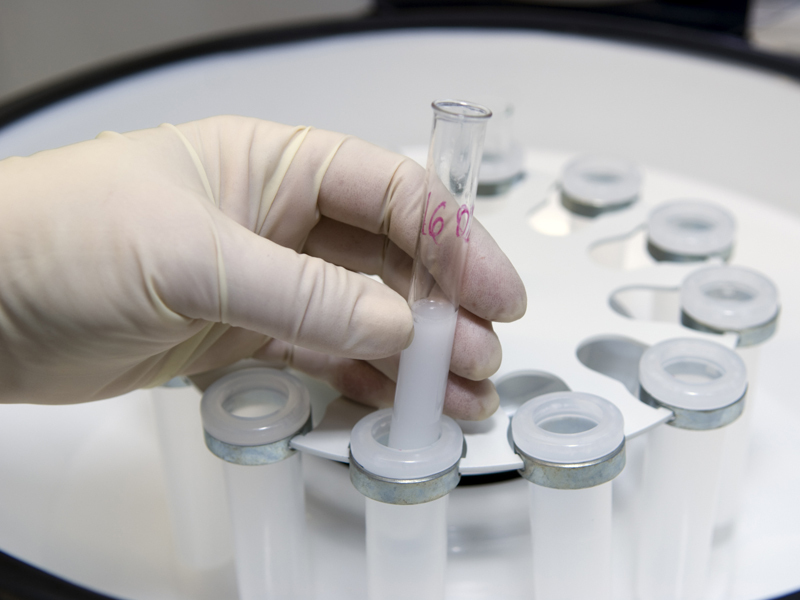
In addition, the IVF procedure is an expensive exercise, which can afford not all and, at times, childless couples have to give up any hopes of becoming parents, since the amount for them is simply not very high.
On the other hand, there is a prejudiced attitude to the procedure of artificial insemination - "test tube children" are mistaken for inferior and underdeveloped people.

Today the procedure of IVF is being improved in many respects. New technologies are applied, an exact dosage of hormones is established, which provides the necessary processes and at the same time delivers the least harm to the woman's body.
It is also important that very rarely a large number of embryos are placed in the uterine cavity, usually only two, which prevents the need to remove the excess fetus. And the very joy of motherhood exceeds all possible risks and undesirable consequences that the IVF procedure can cause.
How much does artificial insemination cost?
The price of the question depends on the method of artificial insemination. It can vary in different clinics, but on average the price list looks like this:
- IGO from 28 to 40 thousand rubles
- IVF from 40 to 100 thousand rubles
- ICSI from 100 to 150 thousand rubles

Other methods of artificial insemination in Russia are not common because of lower efficiency.
Artificial insemination of single women
For women who do not have a partner to conceive a child, but desperately want to have a baby, the artificial insemination procedure will help. During this procedure, active spermatozoa of the donor are placed in the woman's uterus, after which the egg is fertilized.
Immediately before the procedure, a woman undergoes tests and tests, hormonal stimulation is performed if necessary.

Artificial insemination at home
The procedure for artificial insemination can be carried out at home. Its essence lies in the fact that a sperm dose, obtained during ejaculation, is introduced into the woman's uterus using a syringe and a catheter. Thanks to such manipulation, the chance of fertilization increases severalfold, because all spermatozoa go to the egg, whereas with natural fertilization, some of the seed is poured and neutralized by the vaginal slime, even without getting into the uterus.

To perform artificial insemination at home, you need sterile:
- syringe
- catheter
- gynecological mirror
- pipette
- disinfectant
- tampons
- towel
- gynecological gloves
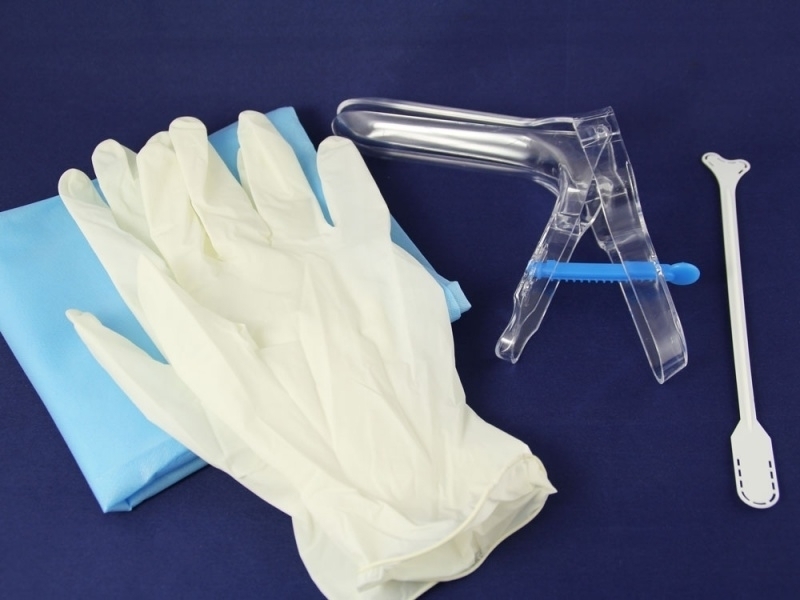
It is important to perform the procedure during ovulation, which can be determined with a special test.
The problem of artificial insemination
Detailed instruction on how artificial insemination is performed at home can be learned from a gynecologist, but it is important to understand that the implementation of such an important process at home can carry the risk of infection into the uterus, due to the possible non-sterility of the instruments used.
Artificial insemination: reviews
After analyzing the responses of women who decided on artificial insemination, several key aspects of the procedure can be identified:
- pregnancy does not always occur. There are couples who have decided on IVF five or six times in a row, but many infertile women who have not reached the desired
- are concerned about the moral aspect, because the problem of artificial insemination still causes discussions in various circles, especially from the church, which considers such events unnatural, and families that do not have children condemn, because they must bear their cross and not go against the will of God

- artificial insemination - a huge load on the body of women in both moral and physicalIn the strict sense
- despite the problems encountered by couples who nevertheless decided on artificial insemination, the positive result and the joy of having a child exceeds all risks and negative moments and many are stopped only by the price of the procedure from having the child artificially reinstalled
